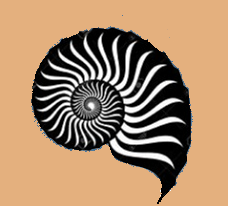Accueil > Lycée > Term. Ens scientifique > Science, climat et société > chap. 5 : Atmosphere and life
chap. 5 : Atmosphere and life
mardi 5 mars 2024, par
What was the atmospheric composition of the Earth at its origins ?
How has it evolved ?
1. A primitive atmosphere different from the current one
Earth’s original atmosphere was probably just hydrogen and helium, because these were the main gases in the dusty, gassy disk around the Sun from which the planets formed. The Earth and its atmosphere were very hot.
Over the course of a few hundred million years, the planet began to cool , atmospheric composition has changed. Assessing the composition of the initial atmosphere is difficult because of the absence of geological records that allow us to find what it was.
The solution came from the analysis of chondritic meteorites with the same age as the Earth. It is believed that during the early formation of Earth, meteorite were continuously bombarding the planet
By heating them strongly in the laboratory, they are degassed. The gases released can be analysed as below.
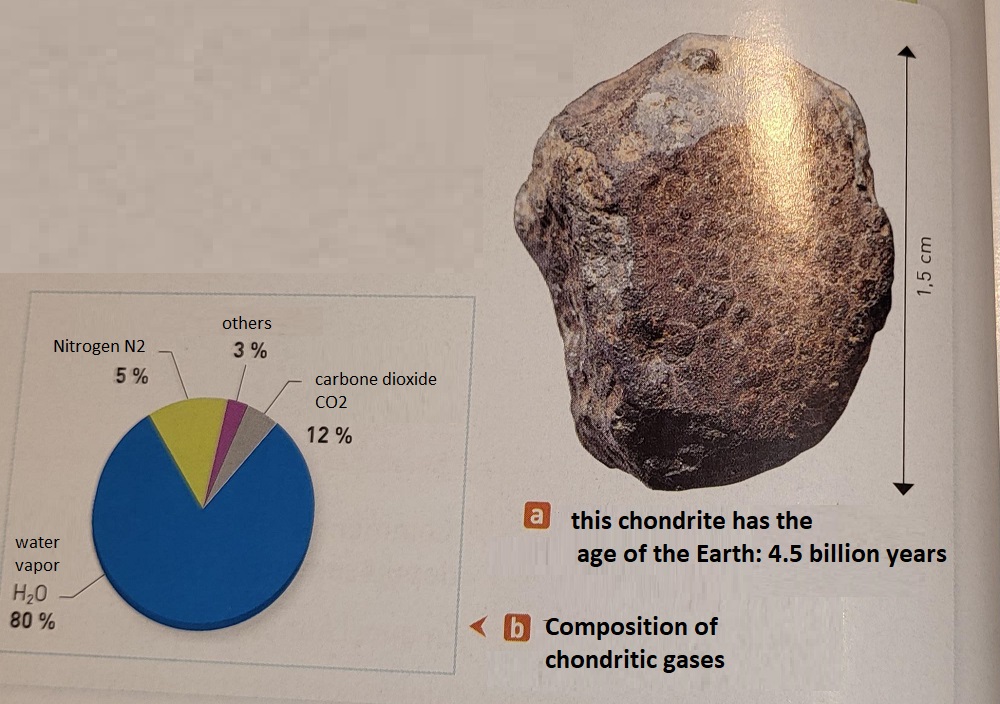
Water vapour used to make up 90% of the Earth’s early atmosphere, whereas it now accounts for only 0.1 to 4%.
![]() What happened to all that water ?
What happened to all that water ?
The Earth cooled so, much of the water vapor condensed into liquid water to form the oceans.
Phase diagram of water allows to know how water vapor was able to liquefy.
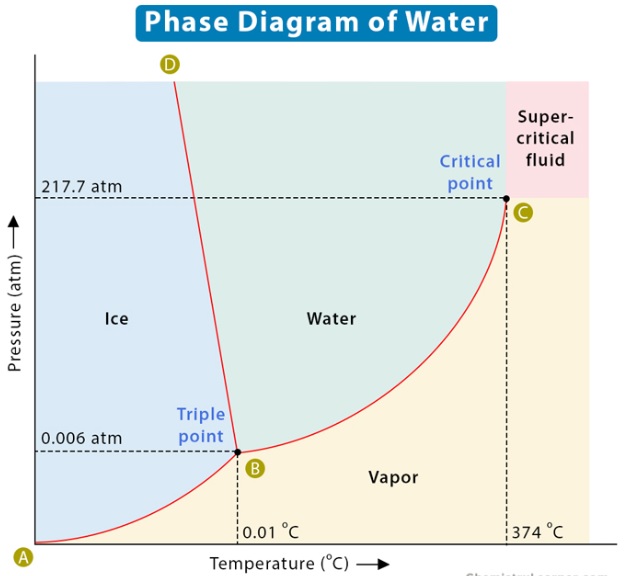
![]() Specify the direction in which pressure and temperature in the early atmosphere varied to allow the formation of the oceans.
Specify the direction in which pressure and temperature in the early atmosphere varied to allow the formation of the oceans.
The oceans could have formed by a decrease in temperature and an increase in atmospheric pressure.
2. The hydrosphere allowed life to flourish.
Around 3.5 billion years ago, fossil cyanobacteria : stromatolites were the first marine organisms capable of photosynthesis. They are the first producers of oxygen on Earth.
Stromatolite deposits are formed by sediment trapping and binding, and/or by precipitation activities of the microbial communities The microbes are active on the surface layer of the Stromatolites, while the underlying build-up could be interpreted as a trace-fossil.
These deposits built up very slowly : a single 1m structure may be 2,000 to 3,000 years old. But the tiny microbes that make up modern Stromatolites are similar to organism that existed 3.5 billion years ago !
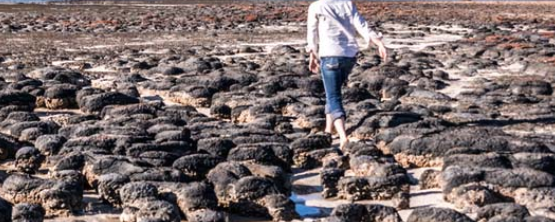
Then, for 2 billion years, photosynthesising Stromatolites pumped oxygen into the oceans. When the oceans’ waters were saturated, oxygen was released into the air, and with around 20% of oxygen in the air, life was able to flourish and evolve.
Pratical Work Summary
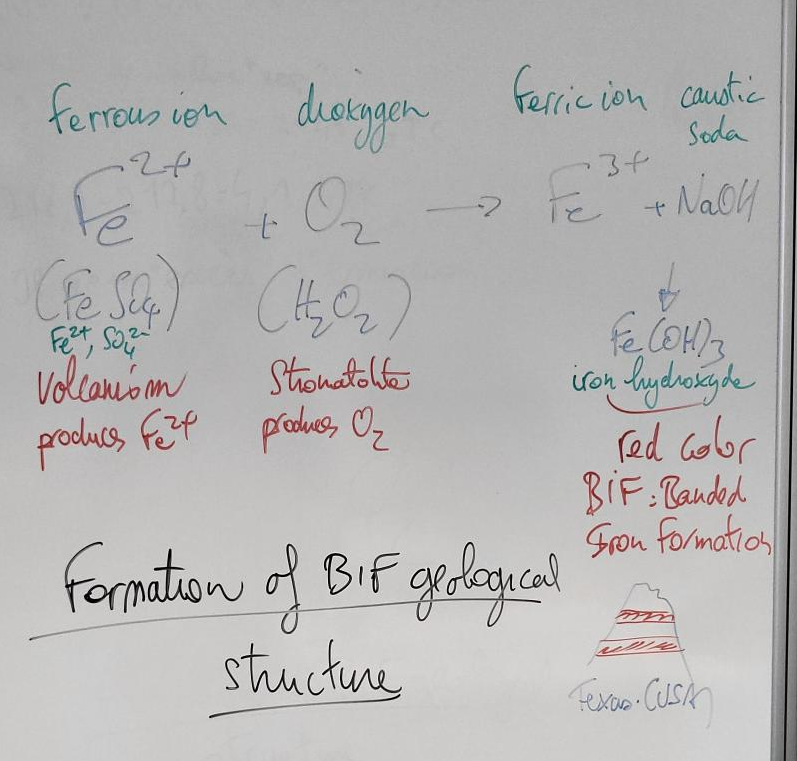
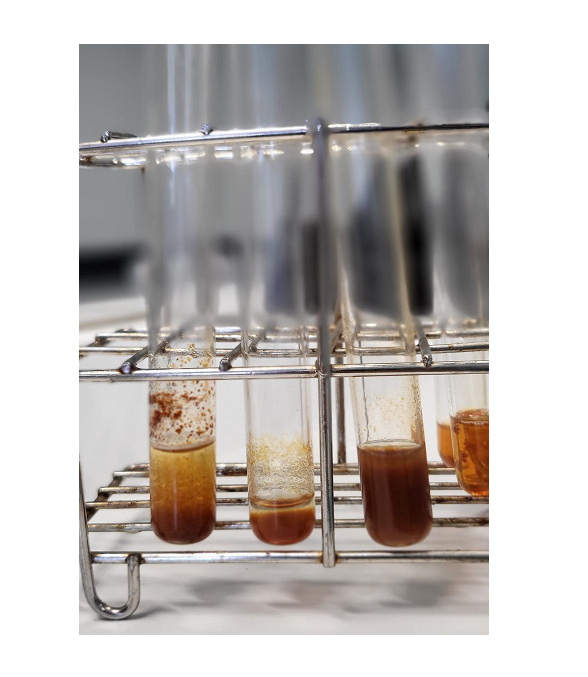
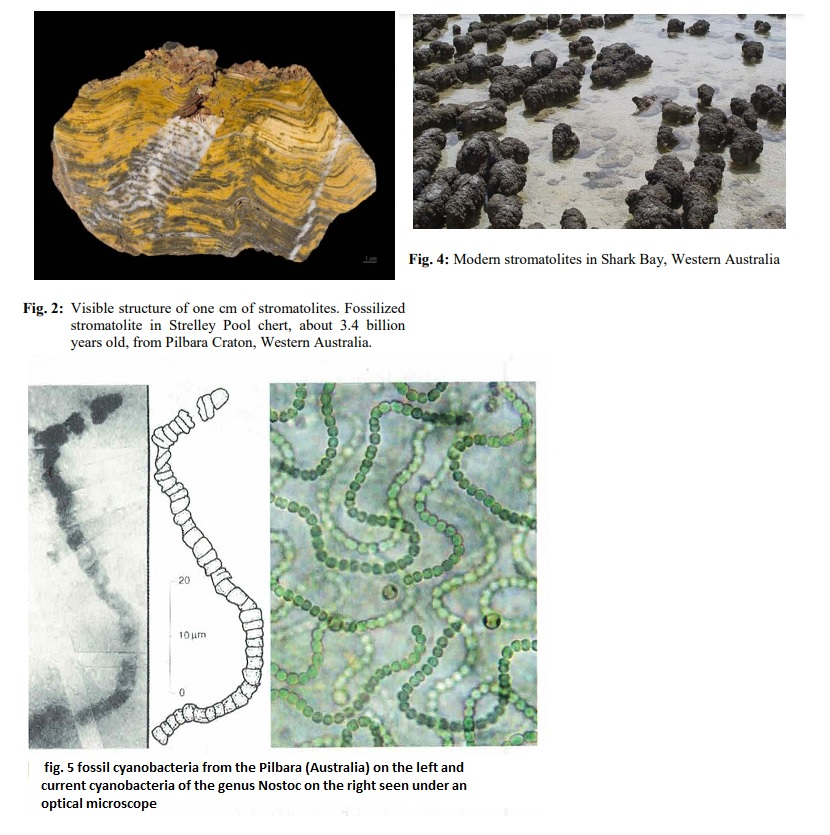
3.The Role of the Ocean Carbon Cycle in Climate Change
Sources : Cambridge University Press Online
Through carbon dioxide gas exchange with the atmosphere and carbon cycle climate feedbacks [1], the ocean regulates the carbon dioxide concentration in the atmosphere and hence [2] has a strong influence on the heat budget [3] of the Earth ; .
The ocean is important for global carbon cycling, primarily due to three factors : ![]() (1) the ocean is a huge carbon reservoir with a relatively short turnover time ;
(1) the ocean is a huge carbon reservoir with a relatively short turnover time ;![]() (2) carbon dioxide in sea water is effectively dissociated inorganically into other substances ;
(2) carbon dioxide in sea water is effectively dissociated inorganically into other substances ;![]() (3) marine plankton is keeping the surface ocean carbon dioxide concentration at a lower level than would a lifeless ocean. On intermediate to long time scales [4], the ocean provides the most important sink [5] for anthropogenic carbon dioxide.
(3) marine plankton is keeping the surface ocean carbon dioxide concentration at a lower level than would a lifeless ocean. On intermediate to long time scales [4], the ocean provides the most important sink [5] for anthropogenic carbon dioxide.
Activity 1 : Is carbon cycle balanced ?
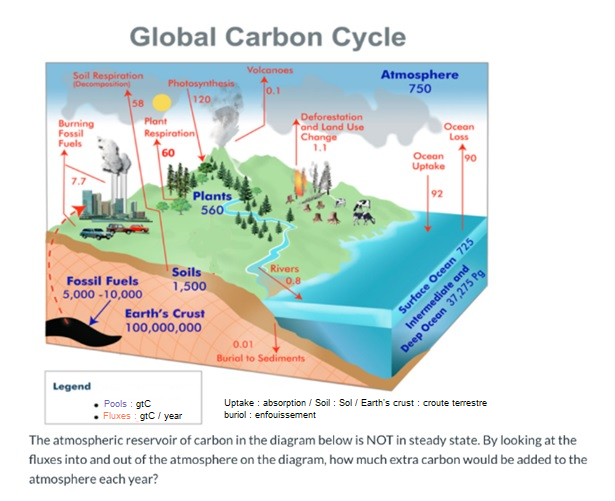
Answer :![]() 0.6-92+90+1.1+0.1+0.1-120+60+58+7.7-0.1=+4.09gtC
0.6-92+90+1.1+0.1+0.1-120+60+58+7.7-0.1=+4.09gtC
Carbon emission : 216,9 gtC
Carbon uptake : 212,8 gtC
Carbon emission is more important than uptake, cycle is not balanced due to human activities by using fuels fossils.
Review
Carbon, a building block of life, is constantly moving through different environmental compartments such as biota, the atmosphere, the ocean, soil and sediment, as part of what is called ‘the global carbon cycle.’ A change in any of these fluxes could have wide-ranging impacts on ecosystems and our climate.
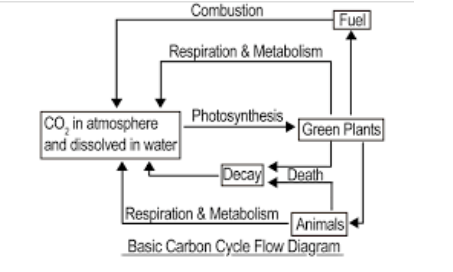
Notes
[1] feedback rétroaction
[2] hence donc
[3] heat budget bilan du réchauffement
[4] times scale échelle de temps
[5] sink dissolution
